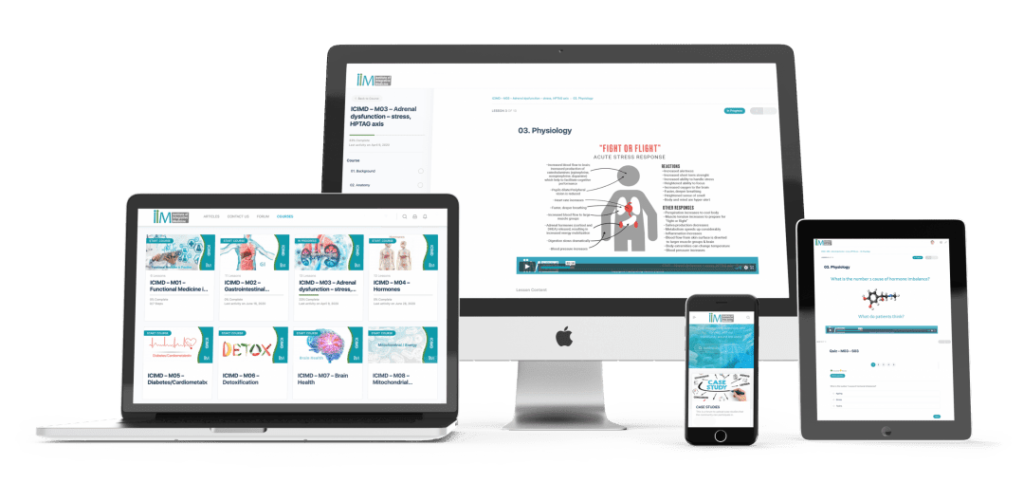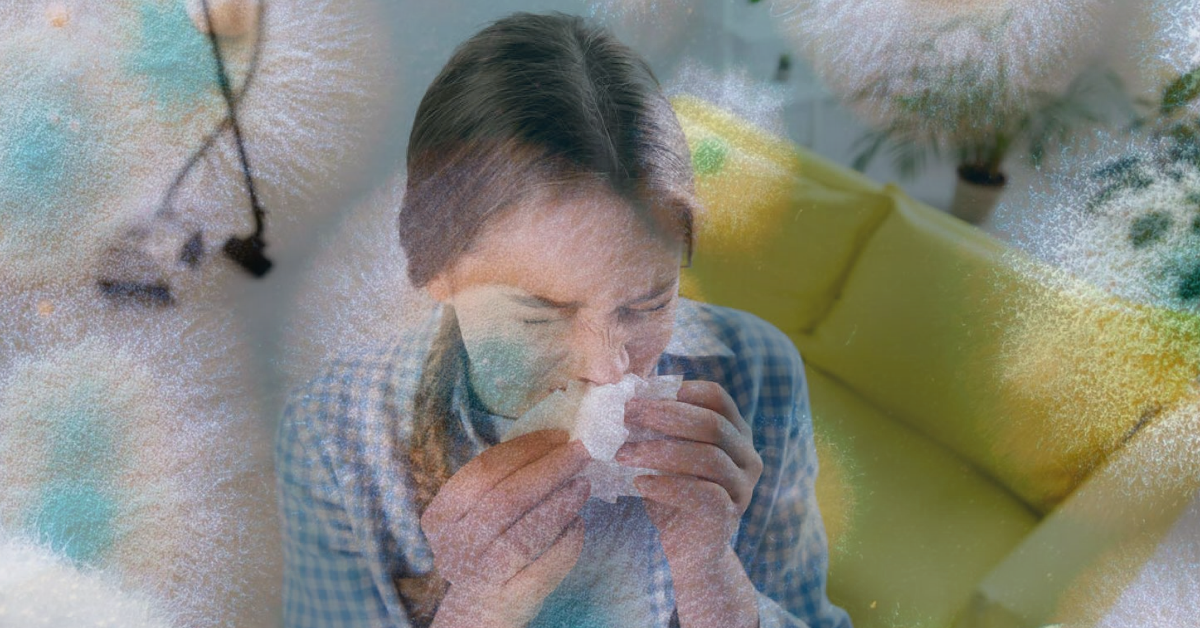Mould Exposure: The Signs and Symptoms
Managing mould contamination can be a simple process if done consistently. Implementing minor home management routines may be the difference between experiencing uncomfortable symptoms and living a healthy life.
Health specialists and scientists are uncovering the distinctive nature of mould and its effect on individuals. Mould exposure is fairly simple to recognise, as particle detection can occur visually. Mould growing within buildings and homes is visible after some time. This being said, it is harder to tell when one has consumed mould contaminated food, or to detect hidden mould within the home. Therefore, it is important to check for mould, and assess symptoms.
Symptoms of Mould Exposure
Mould exposure does not affect all people, but may affect susceptible individuals. The chance of developing symptoms from mycotoxins is quite high amongst certain individuals. Being in contact with mould spores and mycotoxins can cause the onset of symptoms such as:
- Runny nose and congestion
- Eye irritation
- Sneezing
- Coughing
- Sore throat
- Skin rash
- Headache
- Lung irritation
- Wheezing
These symptoms, combined with finding mould in our environment, could indicate mould sensitivity. It is important to analyse our environment, check for mould and investigate our symptoms, in order to draw conclusions. It is often best to work hand-in-hand with a doctor or health specialist in order to treat symptoms more effectively.
Mould in the home

For those living in warmer, more humid areas of the world, it is important to check on household mould. This kind of mould usually grows on building materials of the home, and can vary in colour or texture.
Although not all mould causes symptoms, here are some of the most common types of moulds that aggravate allergic reactions:
- Alternaria
- Aspergillus
- Cladosporium
- Penicillium
Treating Mould Exposure Symptoms
Dealing with mould exposure in the home should be of utmost importance. Mould on clothes and other household items are common. Removing mould can be simple or complex, depending on the level of contamination. The longer you allow mould to grow, the bigger the job is to get rid of it. Bleach helps to kill off mould and is easy to spray on affected areas.
When displaying symptoms, it is better to consult a doctor to help with the necessary medical treatment. This may include:
- Medications, including nasal corticosteroid sprays and antihistamines
- Allergy shots, which are appropriate if you experience severe symptoms
Some management practises one can implement in their everyday lives include:
- Using dehumidifiers in areas of the home that are usually moist and warm.
- Regularly cleaning damp areas.
- Keeping your home well ventilated.
- Regularly checking for leaks in the home (avoiding moisture).
- Avoiding foods that are at high risk for contamination (grains and meat).
- Keeping your home well lit with natural light.
Summary
Managing mould and contamination can be fairly simple if done correctly. It is important to get rid of mould contamination and seek treatment for presenting symptoms. Implementing small home management routines may be the difference between experiencing uncomfortable symptoms and living a healthy life. Mould identification in the home may be easy if it is present on hard surfaces, including walls and cupboards. Food contamination is an issue that needs to be addressed more closely. Consistent monitoring for mould in our environment can improve health significantly.
How do I Become a Functional Medicine Practitioner to learn more about the Symptoms of Mould Exposure?

The Institute of Integrative Medicine is a global leader in the field of Integrative Medicine Education. Integrative medicine aims to be at the forefront of modern technology and new discoveries. Mould exposure can cause a variety of symptoms. It is essential to identify these symptoms and follow the appropriate course of treatment. We offer certified online courses helping you to take charge of your practice and improve the quality of life for your patients. Find out more about the courses we offer today!

